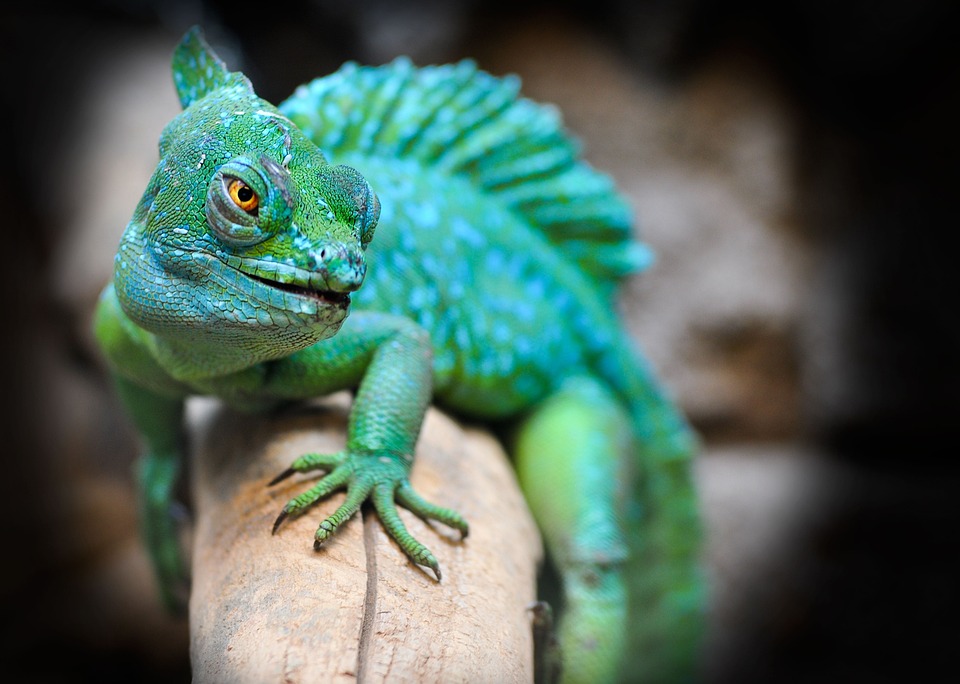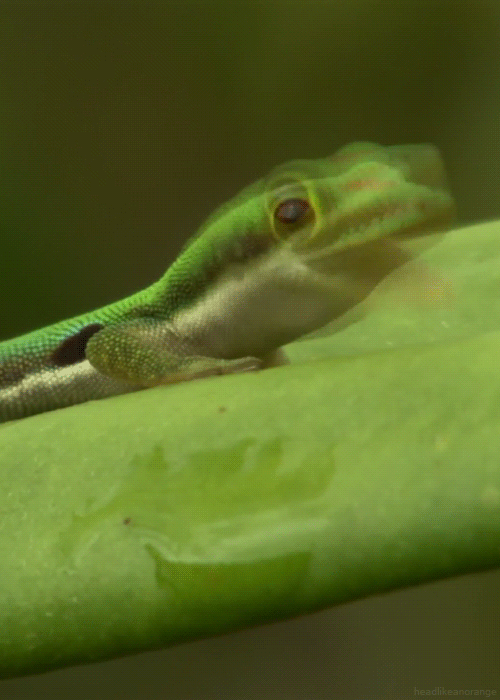Lizards

Lizards (Lacertilia) have recently started to become popular pets in the United States; around 9.4 million reptiles are kept as companions (Reptile’s Cove, n.d.). Depending on the species of lizard you have, your pet's diet may consist of insects and/or fruits. While not every insect is found in pet stores, one can easily find them in specialized stores.

Lizards are considered low-maintenance pets because they don't need as much space as other types of animals. Because in their natural habitat lizards would easily find many places to shelter from extreme heat and from predators, their enclosure must provide similar spots where they can cool off and rest. As lizards are cold-blooded, the tank's temperature and humidity are of vital importance for them to remain in good health – the temperature must remain around 70°-85°F, but the humidity will vary depending on the species of lizard. Signs of illness are difficult to ascertain in reptiles, but the most common ones are loss of appetite, a marked decrease in activity, and breathing difficulties. When you see any of these signs, you should consult an exotic vet immediately.
Signs of illness are difficult to ascertain in reptiles, but the most common ones are loss of appetite, a marked decrease in activity, and breathing difficulties. When you see any of these signs, you should consult an exotic vet immediately.
Lizards aren’t the most communicative of pets, but some behaviors you will observe are frequent dashing to different places in their habitat, mostly to defend their territory, or to adjust their body temperature. Head bobbing indicates that they either want attention or are defending their territory; push-ups are done for similar reasons to head bobbing, but also because these movements help them shed their old skin.
Some indicators that your lizard likes you are when they have a relaxed body language, have a good appetite, and maintain healthy skin and color. In addition, if they trust you and feel particularly happy, they will even climb on you and allow you to pet them.